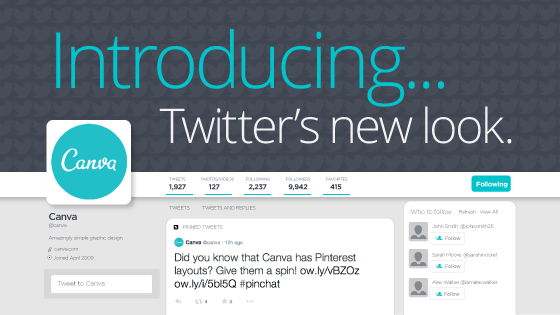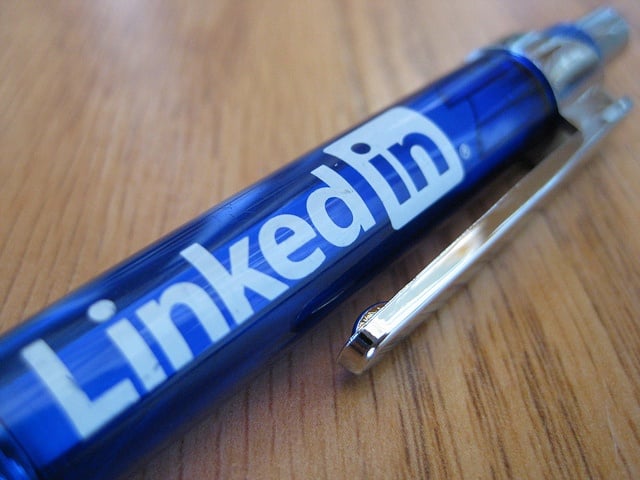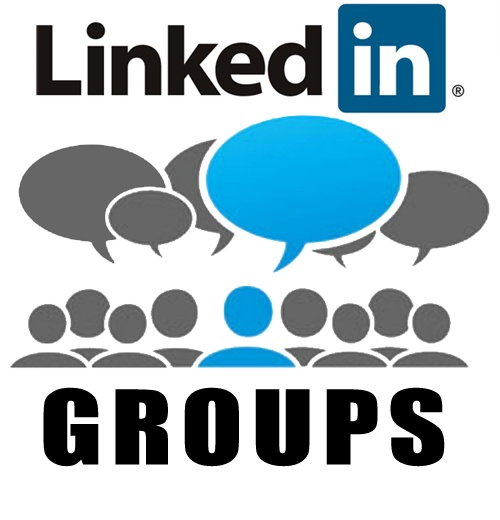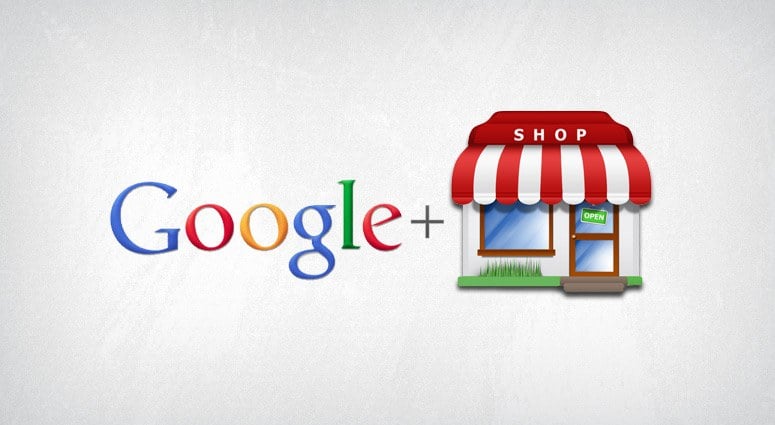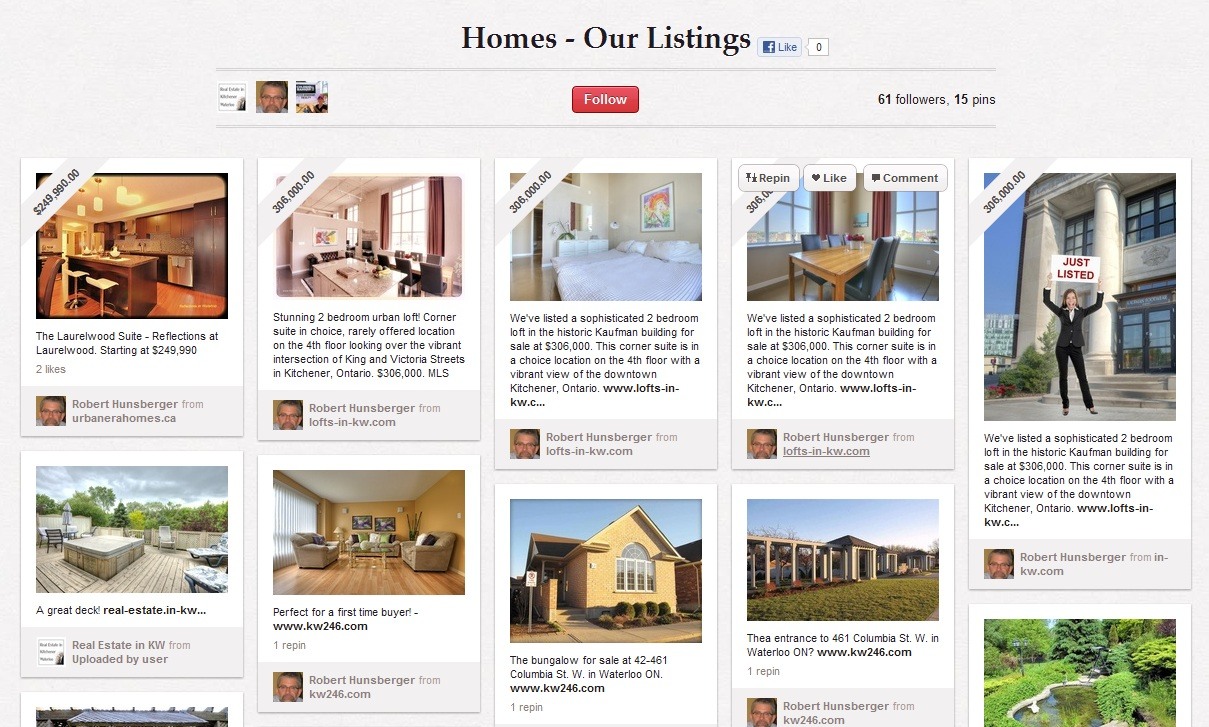The methods of cultivating an audience for your personal brand differ slightly from building a social following for a business. Considering consumer purchasing decisions rely on company engagement on various social media platforms, it is no surprise that the online presence of CEOs, Marketing Professionals, and other employees is making an impact on sales and customer retention as well.
No matter what industry you are in, it is paramount to be present on more than one social media platform in order to spread the message of your company or personal services, and to attach a name and a face to a brand. If you feel that there is no need for you to be sharing, liking, or following, then you are giving your competitors the permission to claim your future clients.
The following are social media hacks for the most popular platforms, Twitter, Facebook, LinkedIn, Google+, and Pinterest, that any professional can incorporate into their overall personal marketing strategy in order to increase their exposure and social presence.
1. Twitter
No longer do we rely strictly on a company’s website to provide us with the information we need. With vast information at our fingertips, we put on our X-Ray goggles and scan and dissect every little piece of data that we come across relating to a particular product or service that we are interested in. Everything from recommendations, reviews, product trials and training, to surveys can be surfaced on social media and search engine results. This micro-blogging platform, where the user relays short bursts of information that generally includes a picture and a link, contains over 600k users, averaging on 58 million tweets a day. A follower is 60% more likely to recommend you on Twitter than on Facebook. The main point of Twitter is to engage, hence the only way to build a gathering is by signing up and executing the below tips.
Create a catchy header image.
Before you start following your target market on Twitter, first properly set up your profile by including a professional profile picture (no family pictures or pictures with your pet!), a shortened biography of your services, and add links to your website or blog. Recently, Twitter rolled out a new look for user profiles that includes a large cover photo and tweet categorization. Make sure that your cover photo is appropriate to your industry and is unique in some way as this is part of your brand image. Here are some guidelines to follow when creating your cover photo:
- Be consistent with the image used for your cover photo. It has to reflect the cover photos that are currently being used for other social profiles.
- Less is sometimes more. Your cover photo should be clean, concise, and to the point. Do not overdo it or else it will look crowded and unprofessional.
- Engage with your cover photo. If you have a contest or survey in the making, mention it briefly in the cover photo along with its hashtag to generate more engagement.
- Change it often. If it is holiday season or a major change is occurring in your career/company, redesign your cover photo to echo these changes as it will ensure that your profile is not static.
Quality vs. Quantity.
Once you have finished with the design element of your profile, you can now begin to start posting your first tweets. Remember, do not add followers if your page is blank as there will be no award or motivation for a user to follow you back if you bring no value to their wall. Your page must have posts relating to your industry and personal interests. The following are some suggestions on the types of posts to share:
- Link to internal or external blog posts pertaining to your industry.
- Share information on upcoming events or webinars.
- Tell people what you are working on (project, new article).
- Ask for people’s opinion on your services or services of others.
- Pitch your press release to journalists and influencers.
- Share favorites, such as testimonials of your service.
- Share quotes that are reflective of your personality.
- Post pictures of your products being used.
- Post pictures of events that you had attended.
- Start a sweepstakes and create a hashtag that will represent the contest.
Include a photo and a link for each tweet as it will increase the chances of a retweet. Since Twitter only allows you to write 140 characters, use a URL shortener like Bitly to give you more writing space. On the left hand-side of your Twitter’s main page, you will find a “Trends” section, look at the hashtags that are being used and try to come up with similar content. Do not forget to include the trending hashtag in your tweet!
2. Facebook
Facebook is no longer dominated by the younger demographic; older generations are quickly immersing themselves in the rituals of sharing and liking that come so naturally to adolescents and young adults. With over a billion accounts, Facebook is the leader in the social whirlwind and has changed the way businesses interact with prospects. Posting a link on Facebook will not guarantee public exposure. EdgeRank, Facebook’s algorithm used to determine which content posted on Facebook will be shown to given users at a certain time, places a priority on certain items over others. There are a couple of ways to build an audience and obtain maximum exposure of your content.
Call-to-Action
You have set up your Facebook profile, included a catchy cover photo that is similar to your Twitter header, so now what? First and foremost, you need to start uploading content to your page before you can start inviting your friends. The same rules apply as for Twitter; include a brief synopsis of your URL and a creative image to go along with your post. However, unlike Twitter, Facebook allows for more writing space so you can include a CTA, Call-to-Action, which will prompt a user to interact with the link or company in order to continue down a conversion funnel. The CTA is your final instruction to your reader, encouraging to respond right away. They are commonly used for buttons on banner ads or landing pages in order to effectively capture the audience’s attention but are also found in traditional direct mail promotions and social posts.
Here are some great calls-to-action:
- Download our Free E-Book now!
- Register now to receive 50% off! Offer valid until May 7th.
- Get my free E-Book
- Share with a colleague
- Click the button below
- Subscribe Now
- Get the secret now
- Learn tips from experts! Register for Webinar today!
- Sign up and reserve your spot today!
- Get your free trial!
Sponsored Posts
You cannot depend on your friends to help you grow your business or brand reputation. Though some may share and like your page, it will not be enough to spread the word of your services to the general public as pages organically reach about 16% of their fans on average. EdgeRank ranks content based upon its likely interest to a user in order to help deliver the most relevant content, so if you share your content on your Newsfeed, chances are that many won’t even see your post if it is not applicable to them. If you have an important post that you wish to share with the public, with a set budget, you can sponsor it to make sure your fans see your story. During setup, you will be able to select your target market, run dates, and budget. Make sure that you have a strong call-to-action and a captivating image or else your fans will simply ignore your post.
Extra Tips
- Join Facebook groups pertaining to your industry and post content daily to spark the interest of other professionals and target audiences.
- Use hashtags. Though many marketing experts are skeptical whether hashtags make any difference on Facebook, I believe that if the major brands are using them, it wouldn’t hurt to use them as well.
- Set up a Content Calendar, scheduling the times and the type of content to post daily. Remember to differentiate your posts by theme. E.g. On Mondays, you can post a Quote of the Day and Thursday can be Helpful Marketing Tips.
- Add a Custom Tab to your page to act as a virtual store front. You can also connect Pinterest Page to your Facebook page.
3. LinkedIn
As a professional network for companies, entrepreneurs, and job hunters, LinkedIn showcases over 3 million business pages, and has over 200 conversations occurring per minute in LinkedIn groups. This is not a social network to be taken lightly. This social platform helps like-minded professionals expand their influence and build a network of connections that could potentially convert into leads or referrals. Unlike Facebook where individuals can add anyone to their contact list, LinkedIn has developed a process where first degree connections must request an introduction from a second degree connection in order to connect to the third. Therefore, a complete profile demonstrating your skills and past work is imperative if you wish for connections to take you seriously and trust your brand.
Groups
If you think that requesting to connect with other professionals is the main purpose of this site, you are missing out on some very important marketing tactics. The best way to build a strong fan base if you are promoting yourself is to join groups relating to your industry and your target market. For example, if you are a marketer, then join groups that are all about social media marketing, digital marketing, PR, branding, and start posting your blog posts and status updates there. Look through these groups and see the type of things that other professionals post and comment, ask questions, or simply “like” their status. As you become more interactive, people will soon start to notice your presence and will be more inclined to read your stuff and even request to add you to their network.
Additionally, find groups that are prospect hang out spots, meaning where your target market is posting information. These are mainly self-help groups so it is best that you do not spam the participants with your services; rather, offer helpful suggestions, post relative information, and even ask for your audience’s opinion. Before you get started, think of an engagement strategy and all blog posts that you write should be a reflection of this plan.
Recommendations
LinkedIn Recommendations are equivalent to Google+ reviews; your past clients, co-workers, and even mentors can leave a brief synopsis of your skills and positive characteristics for a past project or current job position. Recommendations backup what you say about yourself with the all-important “social proof.” Since many check out reviews or recommendations before they “buy,” you absolutely need to have many good ones in order to be considered for a job or for a services contract. Look through your list of contacts and find the individuals who can best vouch for your work and services and request a recommendation. Ensure to customize the message included; make it personal and thank the person in advance. Once they come up with something, you will be able to approve or reject their recommendation.
4. Google +
Search Engine Optimization and social media marketing go hand in hand, especially since the introduction of Google + in 2011, which opened the doors to full integration and simpler business localization methods. In fact, many would argue that Google simplified back-linking and webpage optimization by including the “+1” button for each post. This essential button makes pages rank higher in search results and can be embedded on websites for an extra increase in conversion. Companies that appear with the “+1” next to their homepage are more likely to have a click through. Hence, a detailed and active professional or business profile on Google+ can enhance your SEO campaign efforts and can augment the number of website visits.
Localization
Many of you have already heard of Google Places; do not confuse this with Google+ Local Business Pages as there is a significant difference between the two. Google Places is the information that a search engine receives and utilizes when listing your business. A search engine will most likely already have your company listed in results, but your Google Places page allows you to regulate what material Google has and what it presents to users about your business.
A Google+ Local for Businesses is all about the social aspect of search. This is where you connect with customers, team members, and/or others in the industry by putting them in your circles. When you fill out your profile, it asks for detailed information of your contact information, including your work address. This address is then used to decipher the local pages from the irrelevant results, creating a more personalized and user-friendly search experience.
On this local Google+ page, past customers can leave their reviews and pictures of the products/services for future prospects. The more reviews your page has, once again, the higher it will rank. An incomplete personal page will look unprofessional and viewers will most likely move on to a company or professional who offer detailed information about their brand. This is a great opportunity to create a business page for your professional services, so be as thorough as possible and use your face instead of a logo!
Google Hangouts.
Google Hangouts are a great way to create your own unique content, while promoting you or your business. Having a monthly meeting, where clients can share their ideas, concerns, or praise is an excellent way to spice up interaction and to learn more about your target market and answer questions live. Think of it as a webinar where you can teach, learn, and share with your users all from the comfort of your own home or office. The only downside is that anyone can join these meetings at any time so keep your eyes out for any newcomers as the meeting progresses.
5. Pinterest
Did you know that 80% of Pinterest users are women? Or how about the fact that since April 2014, there are over 500k Pinterest business accounts? This three year old social platform simplifies the way people categorize and save pictures and infographics online. Companies and professionals that sell products can truly capitalize on Pinterest marketing efforts by segmenting customers and personalizing pins. However, one thing is for certain, Pinterest cannot be used to directly impact your SEO strategy, but is a great way to direct users to landing pages, webpages, promotions, contests, and blog posts.
Proper Set-up
Use the same email that you use for Twitter to be able to share your pins automatically to your wall. If you have your own company, convert your personal account into a business account by going to Business for Pinterest, clicking on Convert, and verifying your website. Start by creating boards centered around a theme like SEO, New Property Listings in Toronto, or March Fashion Trends, and fill out your board with related content. Follow pinners that have similar boards and those that apply to your target market and begin to re-pin interesting content. Do some research to see what your audience is pinning to get a feel for the type of boards to create for your profile and the kind of material that you should be developing.
Authenticity and interaction are praised by pinners, so do not take the easy way out by simply re-pinning your competitors’ content; give your audience something valuable to read and share and put effort into your graphics. The first thing people see are your photos so please do not use a two megapixel camera to take pictures of your product; this will mark you as a spammer and facetious in your reader’s eyes.
A Gold Mine for Real Estate Professionals
Differentiating yourself from other real estate agents online and through traditional advertising takes hard work considering most of the time a brokerage does not have an in-house marketing specialist that can help brand an agent. Many professionals choose to avoid the social media realm all together as they do not have the time or the knowledge to significantly boost their image. If you fall under this category, instead of dodging all social media platforms, stick to the one that can benefit you the most—Pinterest. By creating boards for each serviced area and posting new listings with detailed descriptions and links with the appropriate hashtags, you can be on your way to reaching a wider audience than ever before. Check out the example above.
Types of Pins
Below is a list of some examples of the types of boards that you can create under your profile. Use your imagination and the key is to personalize your boards as well as, provide valuable information.
- Video gallery
- How-to guides
- Conferences
- Community Involvement, featuring your team at work
- Product Lines
- How to Use
- Become a thought leader on a particular topic
- Appeal to lifestyle needs
- Trends; fashion, marketing, design, travel
- Contests.
Conclusion.
There is no escaping the fact that prospects will research your brand from top to bottom before considering contacting you, so make sure you stand out and have your social profiles ready for examination. Though promoting your personal brand on social platforms is very similar to building a gathering for a business, you have to remember that your name is your brand to protect and develop and that selfies and pictures of cats will not suffice. For a user to have memorable experiences on your social profiles and perhaps even reach out to you for advice and service requests, it is crucial to have active and professional looking pages. If you wish to see the results of your social efforts, go to Social Mention for an online analysis of your brand. Most important of all, enjoy yourself and when in doubt, look to others for inspiration.
Featured photo credit: Be-Younger.com via flickr.com


